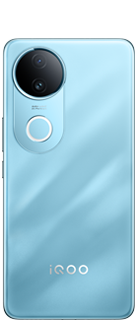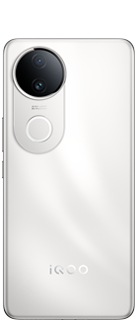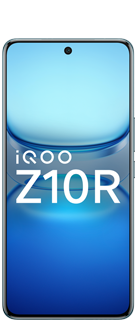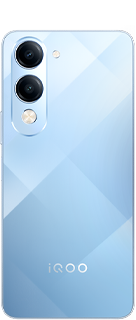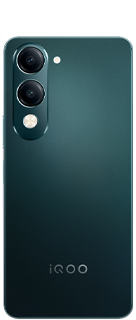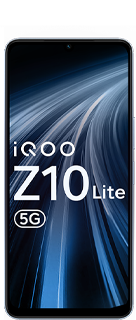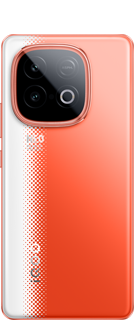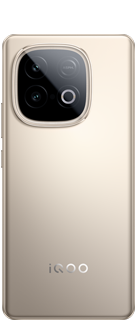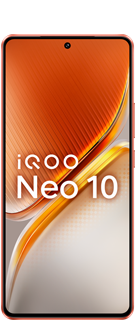Mumbai’s First Underground Metro Line 🤩❤️
Mumbai's First Underground Metro Line: The fares will range from Rs 10 to Rs 50 for a one-way journey between Aarey and BKC.

The first phase of Mumbai’s highly anticipated underground Metro Line 3, also known as the Aqua Line, is set to open to the public in October. This new line will allow commuters to travel between Bandra Kurla Complex and Aarey in just 30 minutes for less than Rs 50. In contrast, the same journey by road can take over an hour during peak traffic on the Western Express Highway due to frequent congestion.
Prime Minister Narendra Modi is anticipated to inaugurate Metro Line 3 during his visit to Mumbai, although MMRCL has not yet received confirmation from the state government regarding this.
Mumbai Metro Aqua Line timings, frequency and more

Trains will run every 6.5 minutes during peak hours. Ashwini Bhide, managing director of Mumbai Metro Rail Corporation Ltd. (MMRCL), announced the launch is expected in early October.
According to a report in The Indian Express, the first phase spans 12.44 km with 10 stations, operating from 6:30 AM to 10:30 PM, providing 96 daily trips. The fares will range from Rs 10 to Rs 50 for a one-way journey between Aarey and BKC.
Initially, nine rakes, each with eight coaches, will service this stretch, with increased frequency expected as the entire 33.5 km corridor becomes operational by April or May 2025.
MMRCL estimates a daily ridership of 4.5 lakh passengers for Phase 1, with an optimal capacity of 6.5 lakh, although reaching this figure will take time. For the full corridor from Aarey to Cuffe Parade, the anticipated daily ridership is around 13 lakh.MMRCL estimates a daily ridership of 4.5 lakh passengers for Phase 1, with an optimal capacity of 6.5 lakh, although reaching this figure will take time. For the full corridor from Aarey to Cuffe Parade, the anticipated daily ridership is around 13 lakh
Why an Underground Line?

The decision to build Metro Line 3 underground was influenced by Mumbai’s unique urban landscape and space limitations. Bhide explained that underground metros are common in densely populated core city areas to minimise disruption to ground-level activities. Given Mumbai’s dense population, limited road space, and proximity to the airport, an underground solution was deemed essential to avoid air funnels and flight paths.
Bhide also addressed concerns regarding last-mile connectivity, indicating that the contractors responsible for civil construction are also tasked with developing surrounding access to stations.
MMRCL is collaborating with various agencies, including BEST and the transport department, to integrate bus, auto, and other transport services. While full integration may not be ready at launch, MMRCL plans to monitor commuting patterns and make adjustments as needed.
The Metro will connect to both Terminal 1 and Terminal 2 of Mumbai Airport, though seamless integration will take time. Mumbai International Airport Ltd. (MIAL) is currently constructing multi-level structures at these stations, expected to be completed within 1.5 to 2 years.
Addressing last-mile connectivity and airport access

MMRCL is collaborating with various agencies, including BEST and the transport department, to integrate bus, auto, and other transport services. While full integration may not be ready at launch, MMRCL plans to monitor commuting patterns and make adjustments as needed.
The Metro will connect to both Terminal 1 and Terminal 2 of Mumbai Airport, though seamless integration will take time. Mumbai International Airport Ltd. (MIAL) is currently constructing multi-level structures at these stations, expected to be completed within 1.5 to 2 years.
Station connectivity to other metro stations and Mumbai airport

BKC Metro Station: A paid skywalk with travelators is proposed to link Metro Line 2B ITO station to BKC Metro station.
CSMIA Terminal 1 Station: A pedestrian walkway will connect directly to CSMIA Terminal 1, along with a subway across the Western Highway.
CSMIA Terminal 2 Station: A paid connection at the concourse level is planned for linking CSMIA Terminal 2 station with Metro Line 7A, with additional connectivity at the airport forecourt.
Marol Naka Metro Station: Ground-level access will connect Marol Metro Station with Metro Line 1 for easy transfers.
Aarey JVLR Metro Station: A proposed skywalk will connect Aarey JVLR Metro Station with Metro Line 6 SEEPZ Village station.
INFORMATION CREDIT : Google
I QUEST ON AND ON
Follow For More : @TESVIPER10
Please sign in
Login and share
